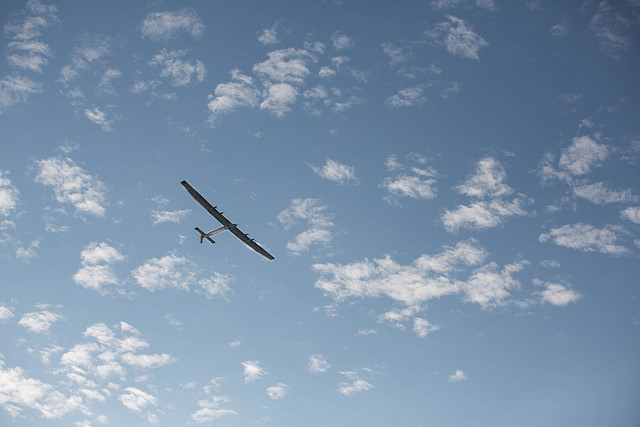This week’s post discusses the implications of UAV exports, F-35 production, the future of warfare, swarming and 3D printing.
Last week, we discussed the US export policy for unmanned aerial systems. This week, we look at the implications of that policy. Not surprisingly, US industry has welcomed the news. In Aviation Week Northrop Grumman’s Chairman and CEO, Wes Bush, argued cooperation with allies was a necessary part of future drone development. And the Council on Foreign Relations reported last year that ‘Russia, China, Iran, South Korea, and Taiwan, for example, have begun developing increasingly sophisticated indigenous [armed] drone capabilities’, with many more countries publicising intent for future development or purchase.
While fears of drone proliferation via the US export policy have been slightly subdued by the inclusion of ‘principles of proper use’, questions remain about how those principles will be implemented and monitored. Also, and potentially more problematic, are the specific constraints contained in the Missile Technology Control Regime (MTCR). While the debate continues, it’s interesting to reflect on a 2014 piece by Sarah Kreps, who warned that the US needs to carefully consider the precedent it’s establishing in the use and export of armed drones.
Media reports yesterday suggest the F-35Bs at the Marine Corps Air Station Beaufort completed their maiden night-time flight a week ago. They’ve also been conducting group flights of two and four. USAF Lt. Gen. Christopher Bogdan noted joint flights involved sensor fusion, requiring all pilots to see the same tactical picture.
The interest in drones and large acquisition programs like the JSF takes us to the broader debate on the future of warfare. While some are concerned with society’s response to unregulated drones and cyber warfare, others are debating the future of tactical warfare—that is, the efficacy of a ‘large number of simple, low cost objects vs. small numbers of complex (multifunctional) objects’. That’s essentially the debate over many drones versus a few long-range strike bombers or joint strike fighters. Paul Scharre from the 20YY Warfare Initiative is writing a six-part series titled The Coming Swarm. Scharre argues that the power of swarming enables greater mass, coordination, intelligence and speed on the battlefield. Scharre draws on Arquilla and Ronfeldt’s articulation of an evolutionary path of conflict, suggesting swarm is the next evolution for tactical organisation. However, the biggest challenge to swarming remains communications and ensuring cyber security.
The emphasis on communications comes as the Pentagon launches an electronic warfare study into America’s capability to control the electromagnetic spectrum, on which networks, sensors and precisions weapons all depend. The study reflects concerns that America has lost dominance of the electromagnetic spectrum needed to carry out manoeuvre tactics. The study may reveal a need to increase the number of jammer planes on each aircraft carrier, and thus result in additional EA-18G Growlers electronic warfare aircraft being added to the 2016 budget request. Control of the spectrum underlies the new US ‘offset strategy’ to counter China.
Heading over to Russia, state media announced last week that Russia will expand the scope of its long-range air patrols, as tensions with the West over Ukraine continue. That will no doubt increase tensions across Europe, as evidenced last month when the British intercepted two Russian bombers spotted close to UK airspace.
On to tech news, researchers from the Monash University, CSRIO and Deakin University created two 3D-printed metal jet engines. Whilst hype surrounding the technology is well documented, the use of 3D-printing for parts replacement is still in its infancy. Rolls-Royce recently announced that it will flight-test what it claims is the largest 3D-printed aerospace component to ever power an aircraft. Although 3D printing is still in its early stages, the US has been investing in 3D-printing research with the hope of using it to repair aerospace components for the US Air Force.
Finally, two Swiss pilots have made big news as they attempt the first around-the-world solar flight in an aircraft comparable to your family Volvo. In fact, the aircraft, Solar Impulse 2, weighs the same as the family car and will be travelling at an energy conserving 60km/h. Aviation remains the fastest-growing anthropogenic source of greenhouse gases. While critics have dismissed solar cells as a viable alternative power source for aircraft, the pilots see themselves as ‘between the Wright Brothers and Charles Lindbergh’, pioneering a gradual path a clean flying future.
Palmo Tenzin is an intern at ASPI. Image courtesy of Flickr user Tobrouk.


